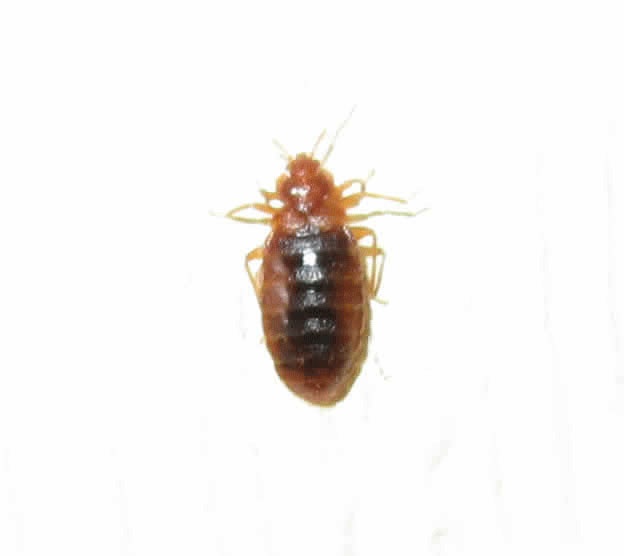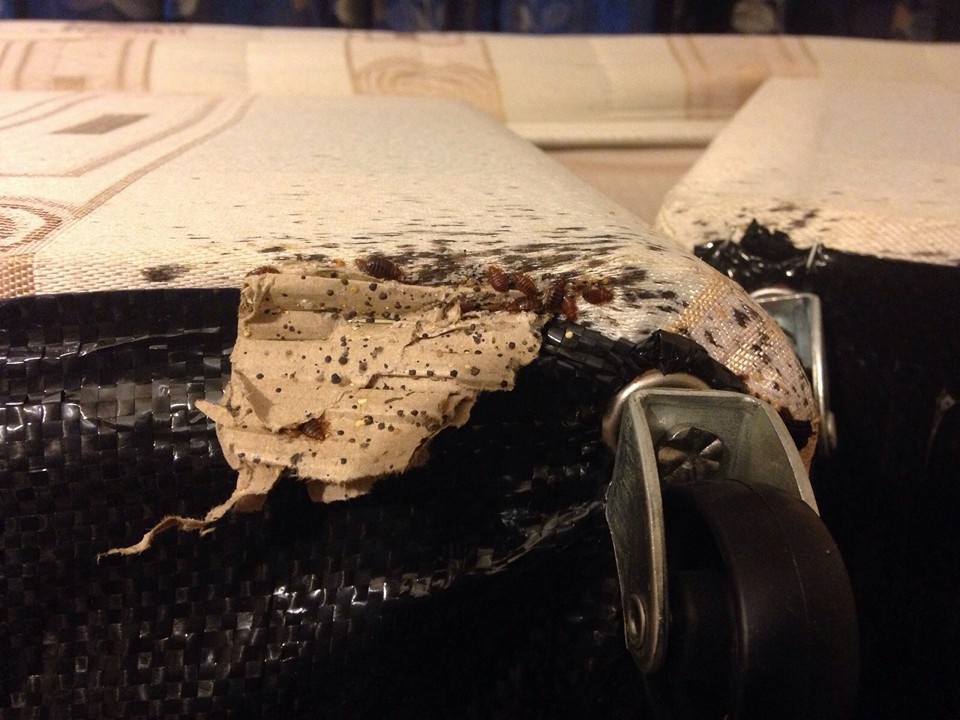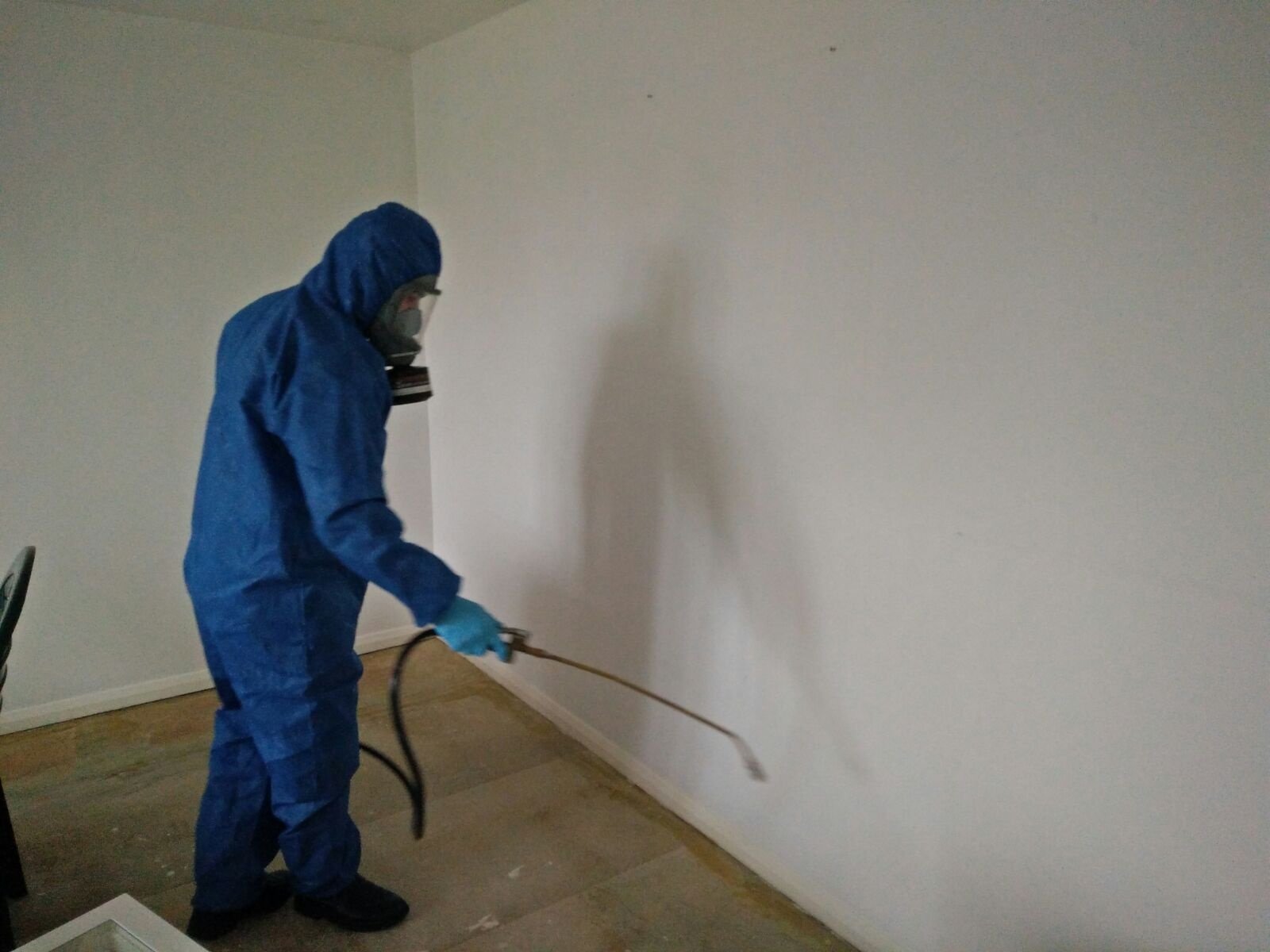Bed bugs


Bed bugs are small, brownish, flattened insects that feed solely on the blood of animals. Although the common bed bug (Cimex lectularius) prefers feeding on humans, it will also bite other warm-blooded animals, including dogs, cats, birds and rodents. It has done so since ancient times; bed bugs are mentioned in medieval European texts and classical Greek writings back to the time of Aristotle
Adult bed bugs are about 3/16” long and reddish-brown, with oval-shaped, flattened bodies. They are sometimes mistaken for ticks, cockroaches, carpet beetles or other household insects. The immature bed bugs (nymphs) resemble the adults, but are smaller and lighter in color. Bed bugs do not fly, and they don’t jump like fleas do ― but they can crawl rapidly over floors, walls, ceilings and other surfaces. Adult females lay their eggs in secluded places, depositing 1, 2 or more eggs per day, potentially hundreds during their lifetime. The eggs are tiny (about the size of a dust spec), whitish and hard to see without magnification, especially on light-colored surfaces. When first laid, the eggs are sticky, causing them to adhere to surfaces. At room temperatures, bed bug eggs hatch in about a week. Newly emerged nymphs are straw-colored and no bigger than a pinhead.


Bed bugs are challenging to eradicate. Since they can hide in so many places, inspections must be thorough and elimination is not always a certainty. Whenever resources allow, it’s prudent to enlist the services of a professional. Experienced pest controllers know where to look for bed bugs, and have an assortment of tools at their disposal. Nonetheless, owners and occupants can assist the professional in several important ways. Affording access to all living areas is crucial, and excess clutter will need to be removed. Belongings strewn about rooms offer many places for the bugs to hide, and impede inspection and treatment. Since bed bugs can disperse throughout a building,




